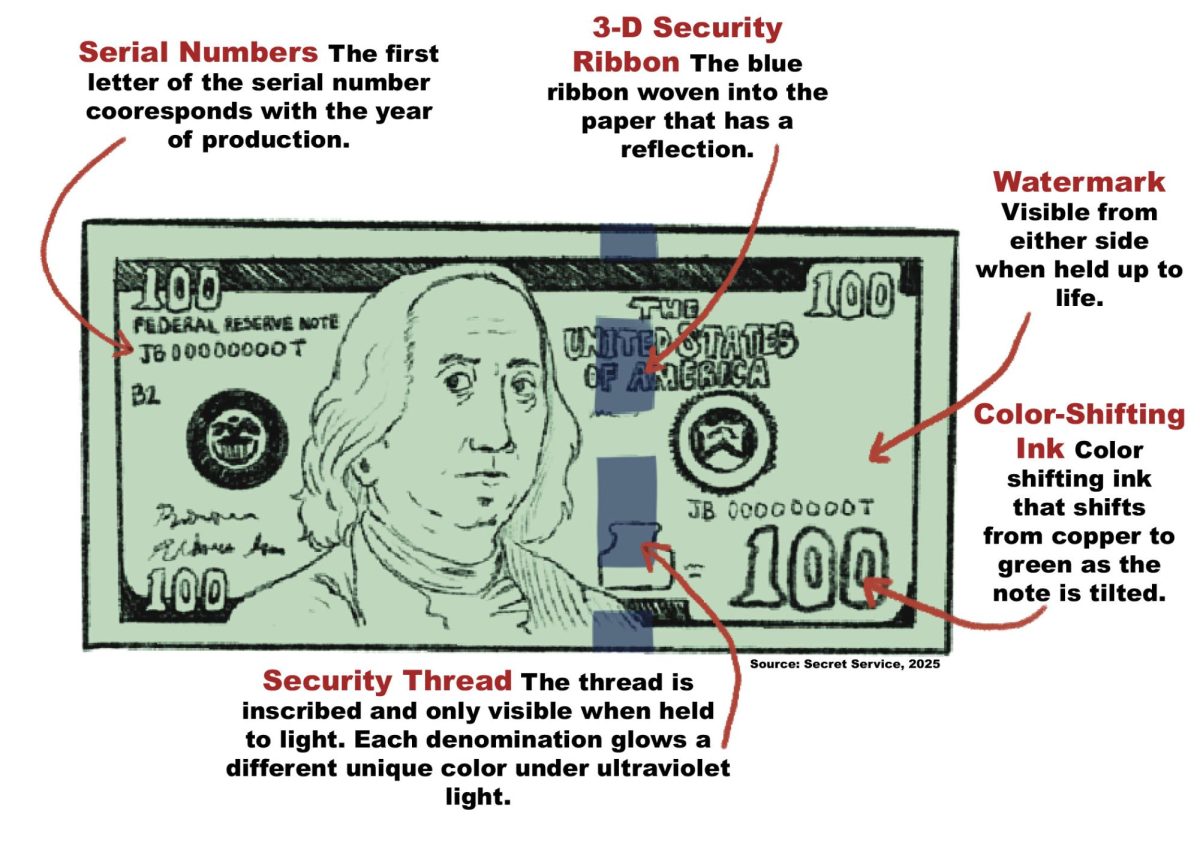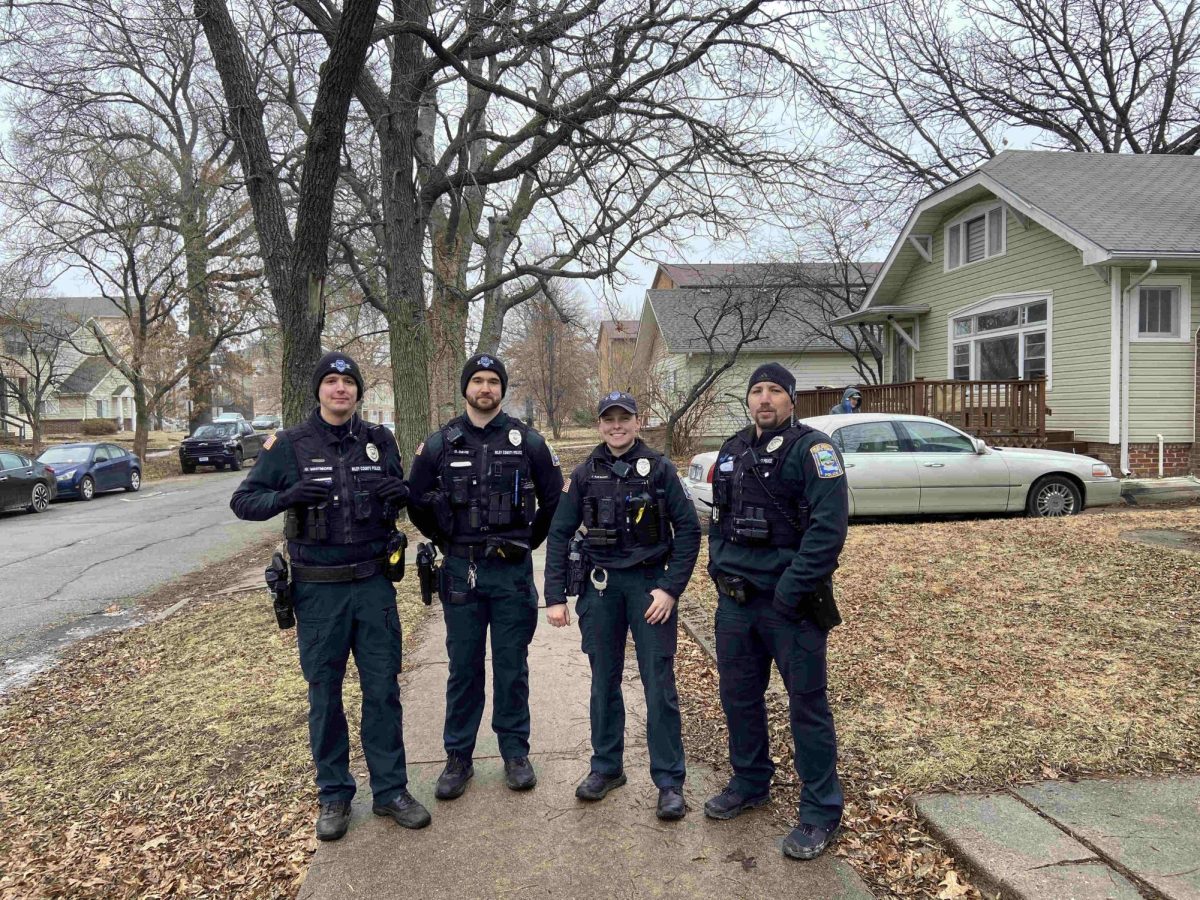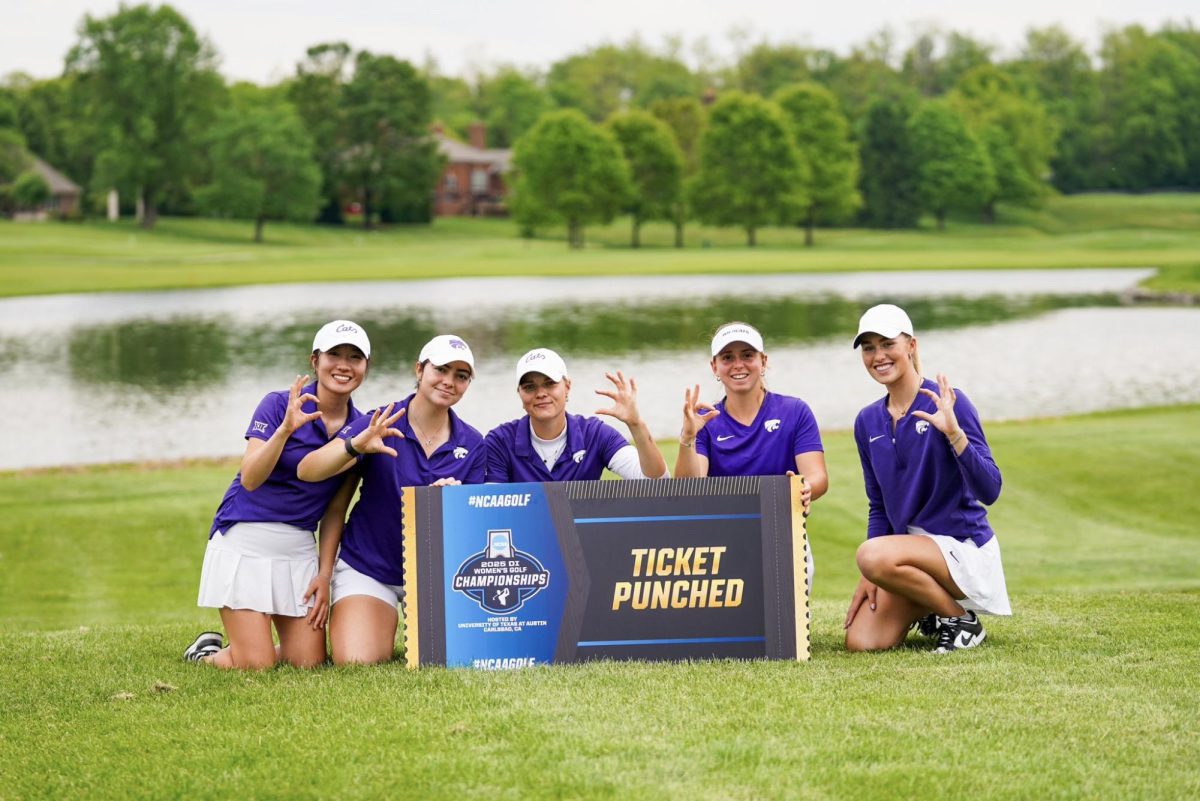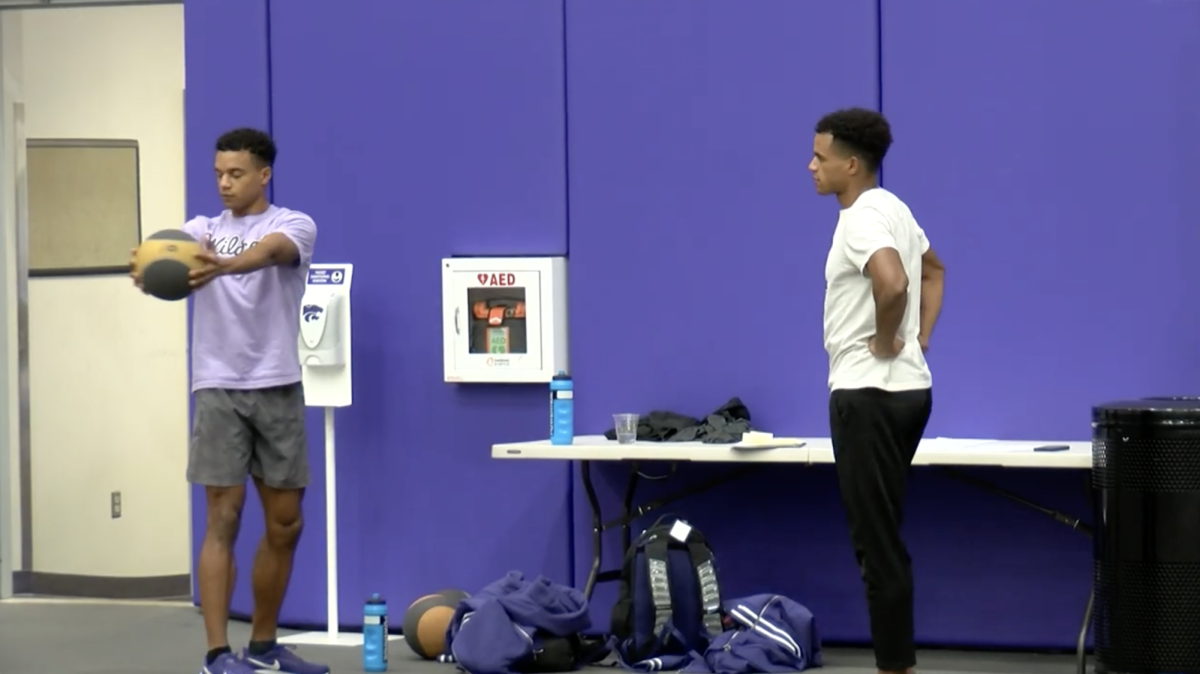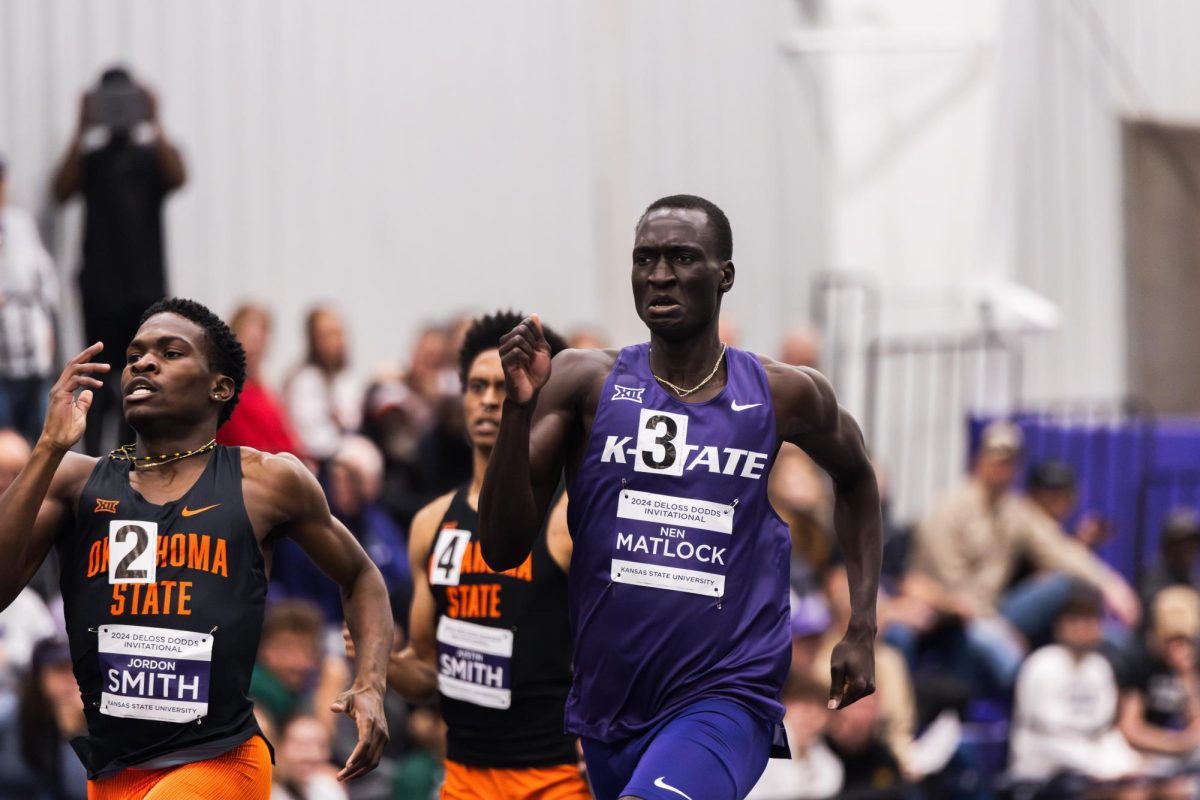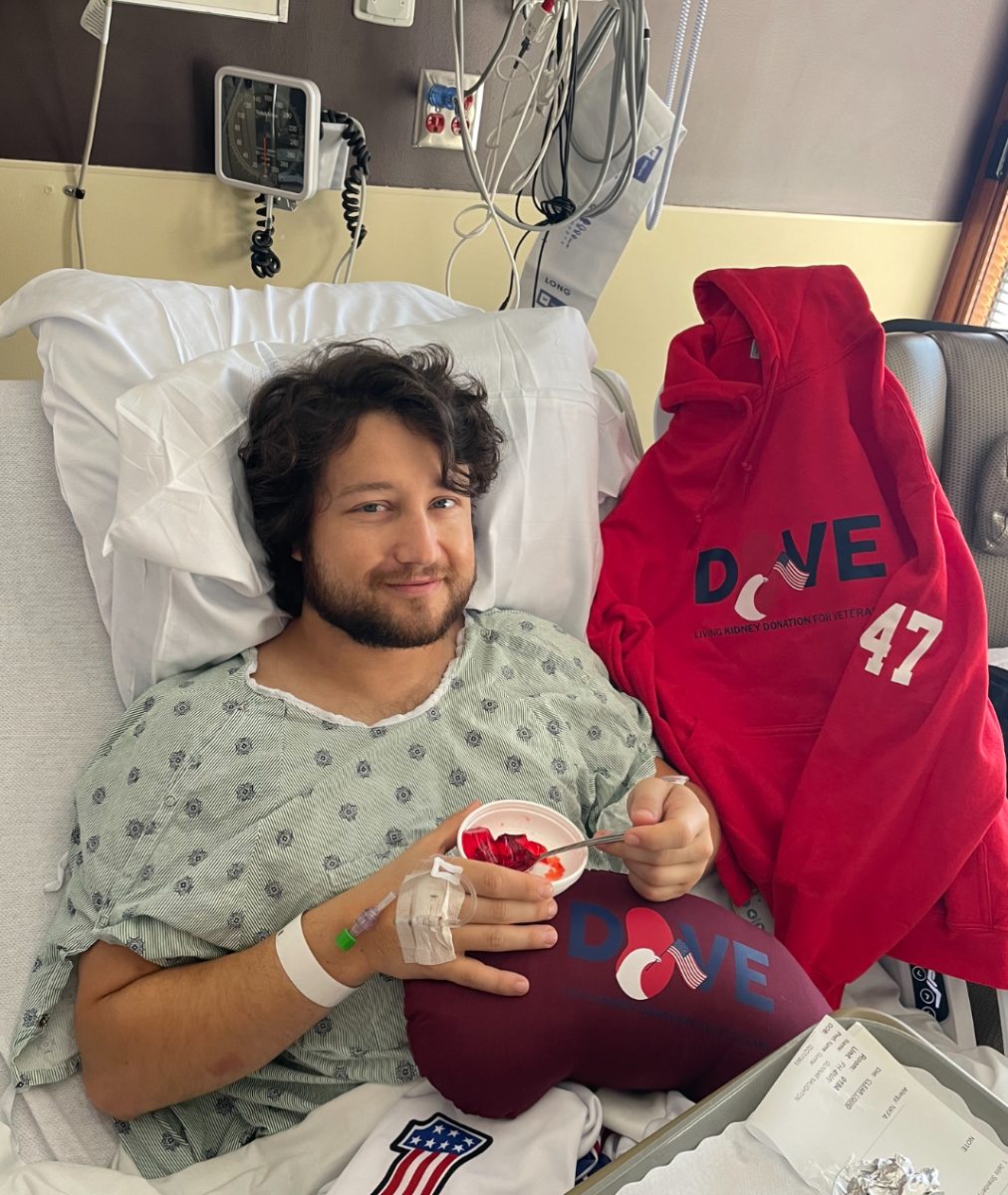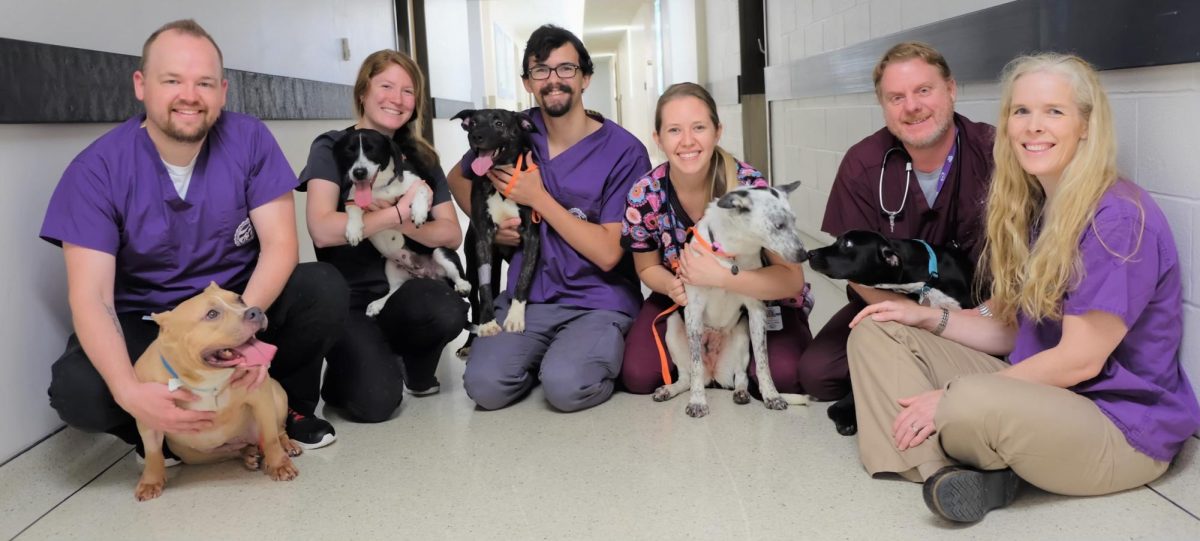K-State veterinary researchers received a patent for a new canine medicine that targets pain. This medicine was created by researchers Butch KuKanich and Kate KuKanich, and David Rankin and Charles Locuson, formerly from Vanderbilt University.
Butch KuKanich, professor of pharmacology, said he is constantly trying to improve the treatment of animals.
“The reality is that we always had trouble doing things like controlling pain in our animals,” Butch KuKanich said. “Part of that is that our animals can’t tell us what they’re feeling. The other part is that animals handle drugs differently than how people do. We were looking at ways that we can use the differences in animals, in this case dogs, to our advantage, and that’s how we came up with this formulation, was looking at something that was very specific to dogs which is different than people.”
According to a K-State news release, the formula for the medicine combines the opioid methadone with another drug to enhance the effect as well as the duration of pain relief. Another drug added is naltrexone, which is used to help keep humans from abusing the drug.
Kate KuKanich, professor of small animal internal medicine at K-State, said the goal was to provide another option for dogs that need additional pain control.
“Some of our dogs respond great to the medications that are available for pain control,” Kate KuKanich said. “The main group is called ‘NSAIDs’ [non-steroidal anti-inflammatory drugs] and some dogs respond great to NSAIDs and that’s fantastic, but for those dogs that do not respond great to NSAIDs or cannot take them for any number of reasons, we need to have other options available.”
NSAIDs, however, are limited in how much pain they can treat.
“You’re not going to undergo surgery just to receive ibuprofen or Advil for surgery,” Butch KuKanich said.
Over 300 dogs have gone through clinical trials, and many of those dogs were shelter dogs who needed two things: to be spayed and neutered, and to receive a home, Butch KuKanich said.
“It was kind of a win-win situation where we wanted to enroll dogs for our study, they had dogs they needed spayed or neutered, and so we would enroll the dogs from the shelters and do the surgeries on them here with our surgeons and anesthesiologists, and then monitor them afterwards to see how well the pain medication worked,” Butch KuKanich said. “We would see these dogs come in from the shelters, and some of them were a bit stressed as you can imagine — they don’t have a permanent home yet, and to me, one of the biggest things we saw is that the level of stress on dogs that were on our study medications seem much lower.”
Butch KuKanich said the results of the experiment confirmed the drug’s effectiveness.
“Post-operatively, in the period after the surgery where they experienced the worst pain, the medication worked really well, and out of all 300 dogs, about 150 of them had our pain medication,” Butch KuKanich said. “It was effective in almost all those dogs on our patented formulation. Whereas the ones that didn’t receive the patented formulation needed extra medicine, some of them needed extra medicine to get that pain in control. We were very happy with how it formed.”
Research for this drug spanned the past 15 years with many collaborating on the project.
“Both the mechanics of the patent and also the longevity of the research itself has just been an extraordinary journey to be on with our research team and the many many veterinary students, technicians, and collaborators along the way,” Kate KuKanich said.
The patent for the pain medication is just the first step. Butch KuKanich said K-State is looking for a partner to help commercialize the drug.
“If we can find a commercialization partner, that’s going to bring more money into the university and support the general operations of the university,” Butch KuKanich said.
Jaela Albers, junior in psychology, owns a dog and said she supports this new medicine.
“It’s probably better than half of the medications that are out there in the first place, and if they found something that works even better than that, I think that’s pretty great,” Albers said.
Butch KuKanich said the patent for the drug wouldn’t be possible without the support of others.
“We would like to thank those who supported studies associated with this patent: American Veterinary Medical Foundation Susan Maylahn Pain Research Grant, Dr. Karen Hale Young Research Fund, Benjamin and Catherine Kurz Research Scholarship, Veterinary Research Scholars Program, and a generous donor who wishes to remain anonymous,” Butch KuKanich said.






